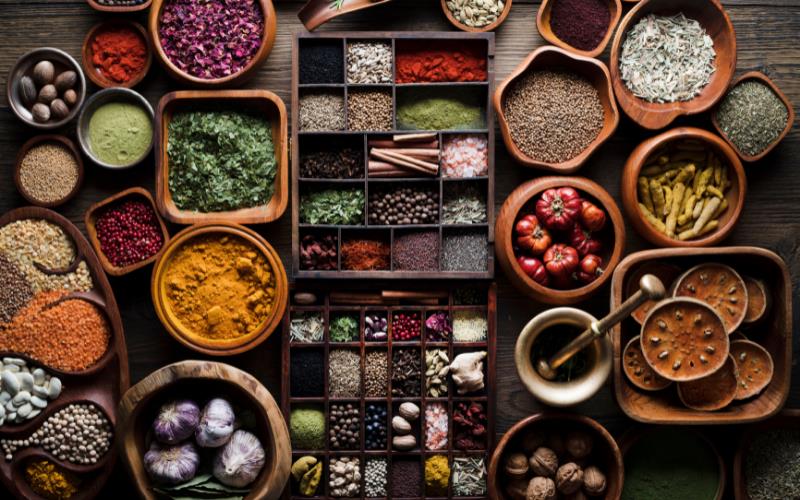
Spices have a rich history and cultural significance that goes beyond the delicious aroma they give to food. They’ve been a key part of world trade for centuries, with their origins in Asia and Middle East.
In the 15th century, Europeans began looking for new ways to trade spices. This meant sailing far beyond the Strait of Malacca and discovering new ports on the Asian coast, where the best prices were found.
Origins
The history and cultural significance of certain spices are long and varied. They have played an important role in world trade and have influenced cultures throughout the centuries.
Cinnamon, for example, is known to have a rich history as one of the first traded commodities. It was used in ancient times as a perfume for embalming and it was also an expensive spice that was considered a symbol of wealth.
During the Roman era, traders from Arabia established trade routes for cinnamon and cassia to Europe. They were careful to keep the origins of these spices secret in order to protect their monopoly over the spice trade.
Influence
The history and cultural significance of spices has shaped the way people think about flavours and fragrances. They have influenced cuisines throughout the world, from India to East Africa, and across Europe.
During the time of the Roman empire, Asian spices such as pepper, cinnamon, nutmeg, cloves, cardamom, and ginger became a popular part of European cooking. This was partly due to European apothecaries incorporating Asian spices into their elixirs and remedies.
Uses
Spices are used to add flavor and aroma to a wide variety of savoury and sweet foods. Many spices are available fresh, whole-dried or ground into powder.
Each spice has several different taste perceptions: sweet, salty, sour, bitter, and hot. Each taste sensation is detectable at specific points on the tongue.
Flavors can also be combined to create a more complex and interesting taste experience. For example, the sweet flavor of fennel can be balanced by the bitter and fruity flavors of tamarind.
Spices can also provide color and textural qualities to a dish. They do this through their oil soluble or water soluble coloring components, such as crocin in saffron, carotenoids in paprika, capsanthin in chile pepper, bixin in annatto, and curcumin in turmeric.
Varieties
Spices are plant-derived substances that add flavor to food. They can be found in the roots, rhizomes, stems, leaves, bark, flowers and fruits of plants.
There are many varieties of spices that can be used to give a dish a unique taste and aroma. Some popular varieties include cinnamon, cloves, nutmeg, cardamom, fenugreek, and turmeric.
Turmeric is a yellow aromatic root spice that comes from the botanical name Curcuma longa. It is an essential part of Indian cuisine and often called the "golden spice."
It can be used to give curries, rice, stews, and other savoury dishes a beautiful orange or yellow color. It is also an excellent herb that can be used to add a fresh and spicy flavor to dishes. Other herbs that are commonly used to enhance the flavor of a dish include oregano, parsley, thyme, rosemary, and basil.
Trade
The trade in spices has always been an important part of the world’s history. It brought together vast empires and powerful cities from around the world.
Spices were a key ingredient in food preparation and used in ritual, medical and religious practices. Some were even attributed to having magical properties.
In Europe, pepper, ginger, cinnamon, nutmeg, cloves and mace were all valued commodities. They were also used for embalming and preserving meat.
During the 15th century, European states began to look for ways to source their own supplies of spices and avoid buying them from Venetian middlemen. It wasn’t long before European powers like Portugal, Spain and Holland fought for control of the trade routes and territories.
Frequently Asked Questions
What is Thai cooking's most famous ingredient?
Two main ingredients are the heart of Thai cuisine: curry and rice. These two essential elements come together to create an unforgettable flavor.
This combination is known in Thailand as "Khao Pa Krai," meaning "the best dish." It happens when these two basic foods are combined and make a delicious, irresistible dish.
It's the same for your life. The right combination of perseverance and hard work can bring you great success.
As Khao Pad Krai did, passion and purpose can be combined to make you successful. Combine them and you will create something truly extraordinary.
Remember that Thai food doesn't just require rice and curry. Next time you feel the urge to eat Thai food, think about how much more it can be than just rice. You'll be amazed at how much fun you can have experimenting with different ingredients!
Almond Flour vs. Almond Meal. What's The Difference?
An almond meal can be used as an alternative to almond flour. It can also be used in cooking and baking.
Almond flour might also contain gluten, which can make it hard to digest. It's important to avoid gluten-free diets if your condition is celiac.
Almond flour isn’t considered a superfood per se but it does contain healthy fats, fibre and protein and no cholesterol.
The nutritional benefits of the almond meal include magnesium, copper, iron, zinc, manganese, phosphorus, potassium, calcium, and vitamins A, B1 (thiamin), and C. In addition, it provides 25 percent of the daily value for folate, 20 percent for niacin, 15 percent for pantothenic acid, and 5 percent for riboflavin.
Almond flour is made of almonds. Almond oil is made from polyunsaturated, monounsaturated, fatty oils. Both types reduce LDL (bad) cholesterol and increase HDL ("good") cholesterol.
Almond flour also contains antioxidants like phenolics and flavonoids. These compounds are effective in preventing oxidative damages caused by free radicals.
The Journal of Agricultural Food Chemistry published a study that found almond flour to have the same antioxidant activity as blueberries, cranberries and pomegranates.
Almond flour is typically sold along with almond milk, which is fortified to add additional nutrients.
What Herbs or Spices go Best with Potatoes
A potato can be a side dish for any type of meat. You may have noticed that potatoes can be served in many different ways than mashed.
From salads to casseroles, soups to pasta dishes, these versatile vegetables make tasty additions to most meals. But did you know that numerous spices and herbs go well with potatoes?
These delicious recipes will spice up your next potato recipe.
Thai food can Paprika be used?
Yes. It is a key ingredient in many dishes, such as Pad See Ew (Thai-fried rice), made from eggs cooked with coconut milk.
Thai cuisine, Mexican, Spanish and Indian food, as well as Thai and Balkan dishes, contain paprika.
Paprika can also be traced back to Ancient Greece, more than 5,000 year ago. The Hungarian language means "pepper" and the word "paprika".
Statistics
- According to a recent survey, professional chefs and many home cooks use spices; usage has only continued to grow from 2011 to now. (hospitalityinsights.ehl.edu)
- India contributes to 75% of global spice production. (en.wikipedia.org)
- It has been estimated that around 1,000 tons of pepper and 1,000 tons of other common spices were imported into Western Europe each year during the Late Middle Ages. (en.wikipedia.org)
External Links
ncbi.nlm.nih.gov
- Validation and Development of Novel Lifestyle and Dietary Inflammation Scores – PMC
- Molecular mechanisms of curcumins suppressing tumourigenesis, metastasis and angiogenesis - PubMed
en.wikipedia.org
penzeys.com
doi.org
How To
How do you store your cooking spices?
How to store cooking spices in a way that maximizes their performance. First, let's understand how foods are stored.
Because spices lose their flavour when exposed to the sun, they are best kept out of reach from light. This is due oxygen reacting with organic compounds such that spices, causing oxidation.
To prevent oxidation, spices should be stored in dark cupboards. These conditions can cause spices to quickly lose their flavor.
The best way to preserve the flavour of spices is to keep them in airtight jars away from direct sunlight.
To create a flavorful drink, you can add spices and herbs to water. For example, mix two teaspoons of ground cinnamon with 1/2 cup of warm water and stir well. Add a squeeze of lemon juice and serve immediately.
You can add dried herbs and spices to soups, stews, casseroles, pasta, rice dishes, salads, and desserts. Just sprinkle the spice mix evenly over the dish. Let it rest for 5-10 minutes before you serve.
You can add leftover cooked vegetables, fruits, meats and shellfish to your favorite recipes as snacks.
If you want to take advantage of the flavours of fresh herbs and spices, chop or tear them up and add them to foods while they're still hot. You can also freeze herbs and spices by placing them in ice cube trays or muffin cups and freezing them. Once frozen, transfer them to freezer bags and zip-top plastic bag.
Resources:
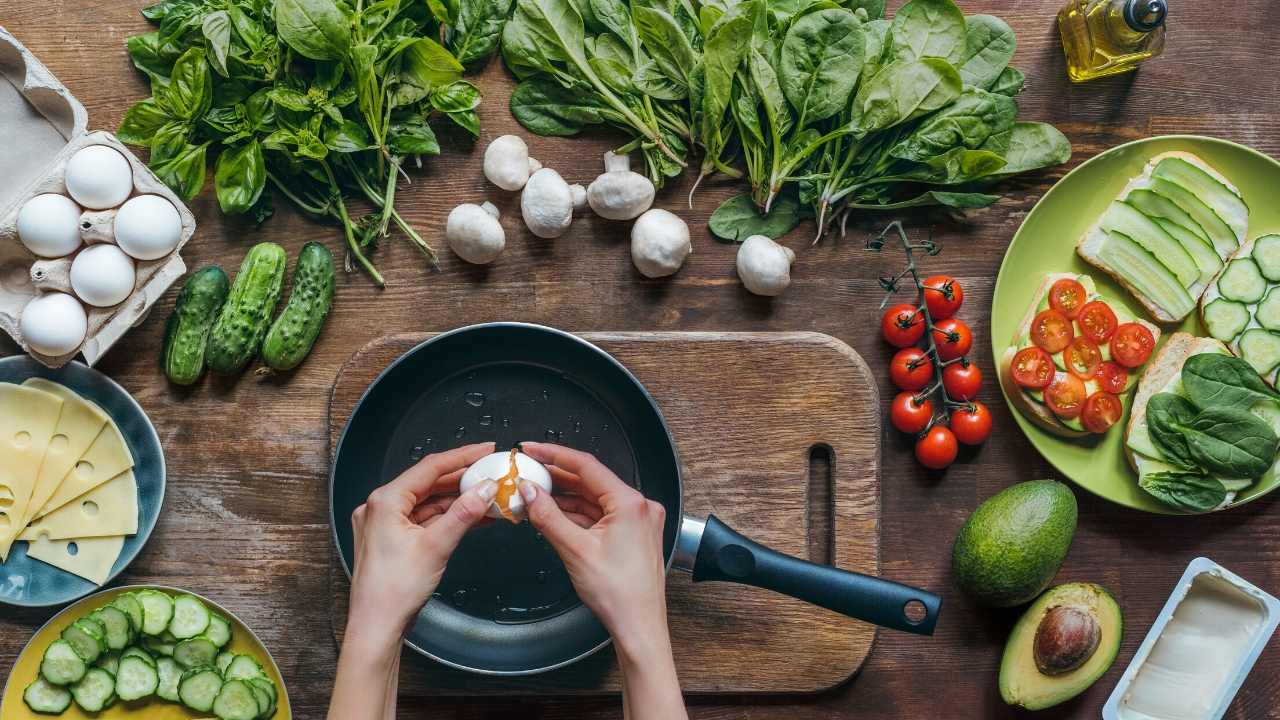 |
What Happens If You EAT WALNUTS Everyday For 30 Days? | Dr. Steven GundryIf you’re looking for a new snack, look no further than WALNUTS! These versatile, delicious, nutritious nuts are one of the best options to snack on to improve |
 |
2 Chefs Try to Identify Spices by Taste | Sorted FoodToday we flip the script and put our chef Ben and guest chef James in the hot seat to guess some spice blends! It’s absolutely a competition and we haven’t |
 |
Why Did These Strange 1950s Inventions Kill So Many People?| Hidden Killers | Absolute HistoryDr Suzannah Lipscomb looks at the hidden dangers of the British post-war home. In the 1950s, people embraced modern design for the first time after years of |
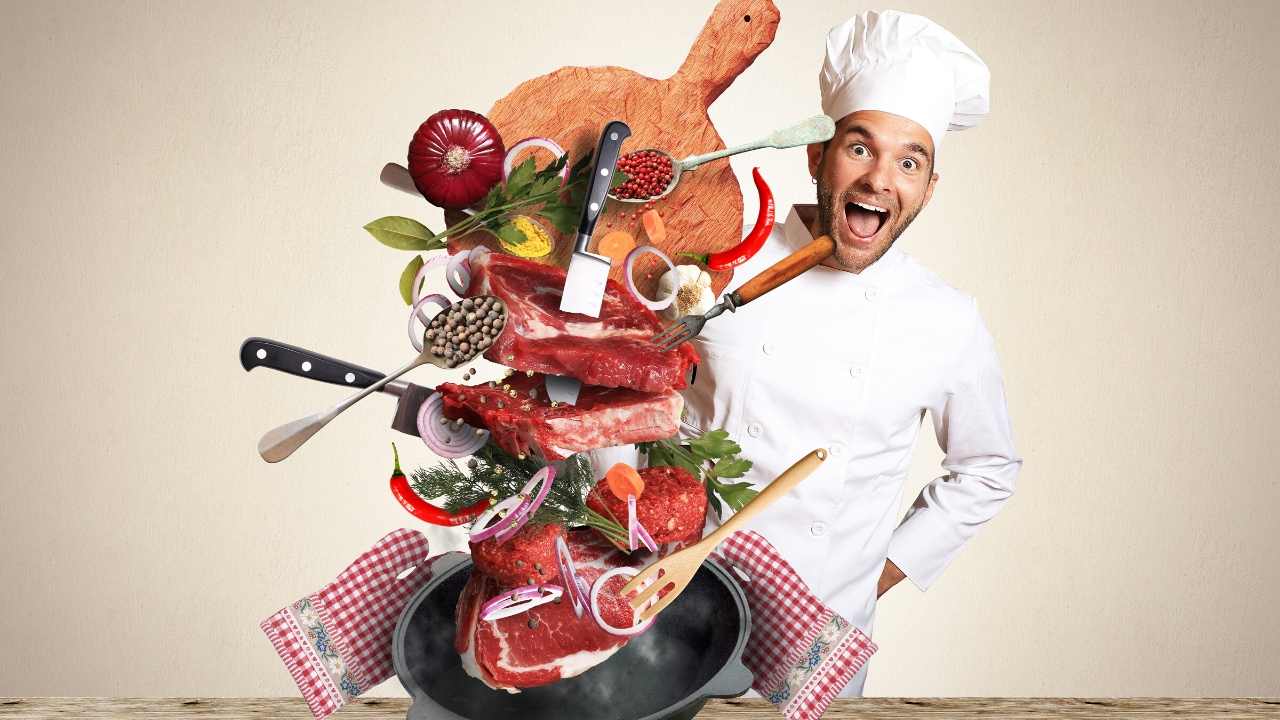 |
The 5 SURPRISING Vegetables You Need To Eat To STAY HEALTHY! | Dr. Steven GundryWe are taught that all vegetables are healthy for us. Dr. Gundry says that is FALSE and not all vegetables are built the same! That’s why he’s here to share |
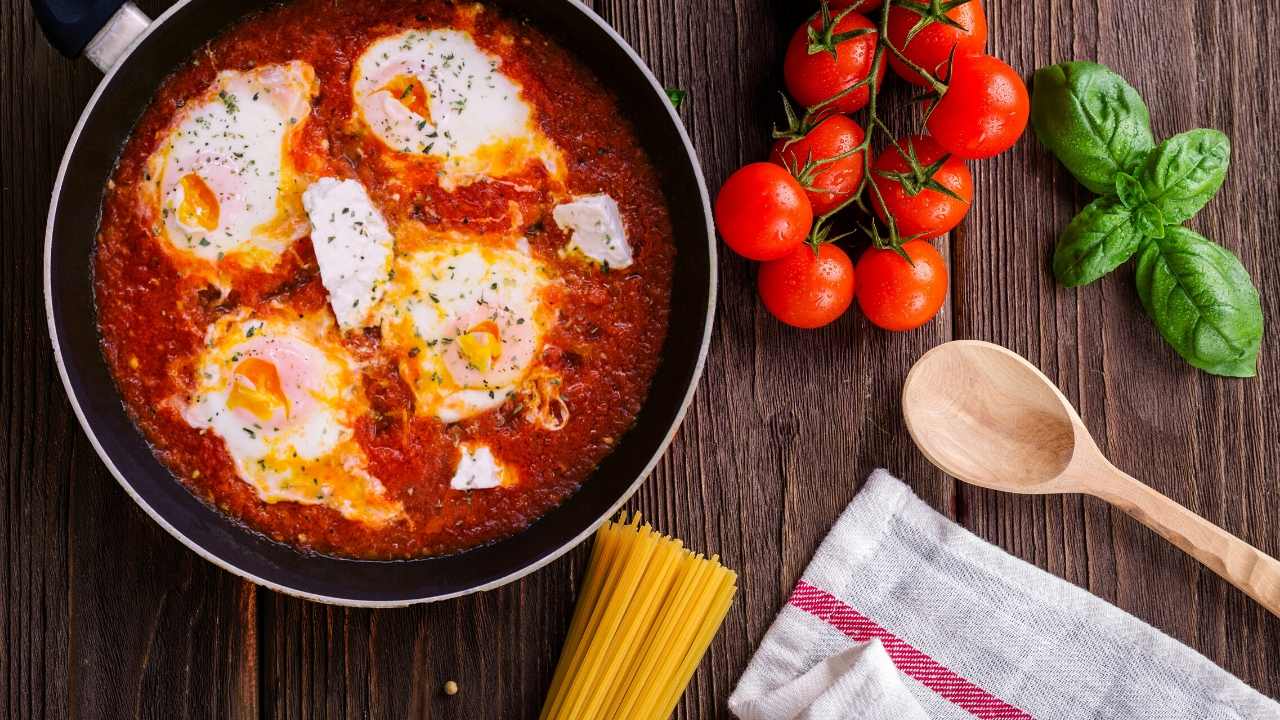 |
The SHOCKING Superfoods You Should NEVER EAT! | Dr. Steven GundrySuperfoods - we’ve all heard about them but what are they really? On today’s episode Dr. Gundry dives right into the superfoods you should and should NOT |
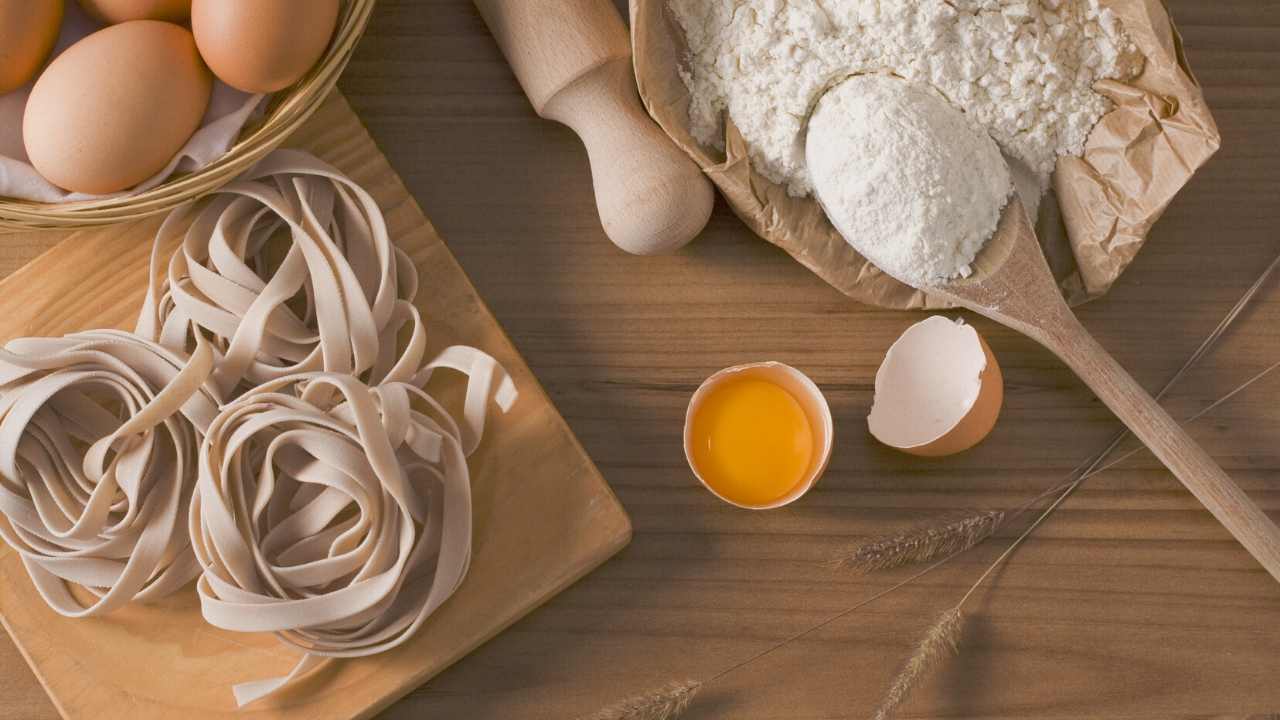 |
Spice Expert Guesses Cheap vs Expensive Spices | Price Points | EpicuriousIn this episode of 'Price Points', Epicurious challenges spice expert Ethan Frisch of Burlap & Barrel to guess which one of two spices is more expensive. Ethan |
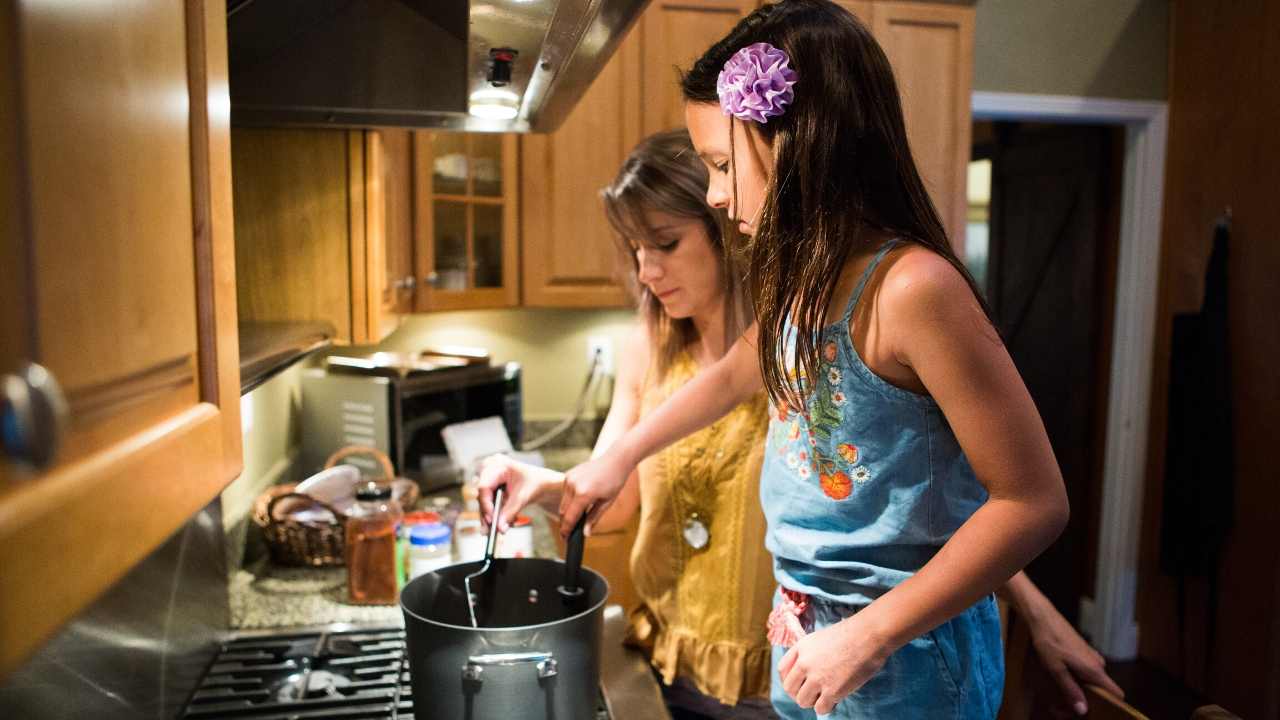 |
Are Burger King''s Spicy Chicken Fries TOO Hot?For a limited time, Burger King has released their new Spicy Chicken Fries! Featuring a blend of spices added to their classic Chicken Fries, I'll find out how |
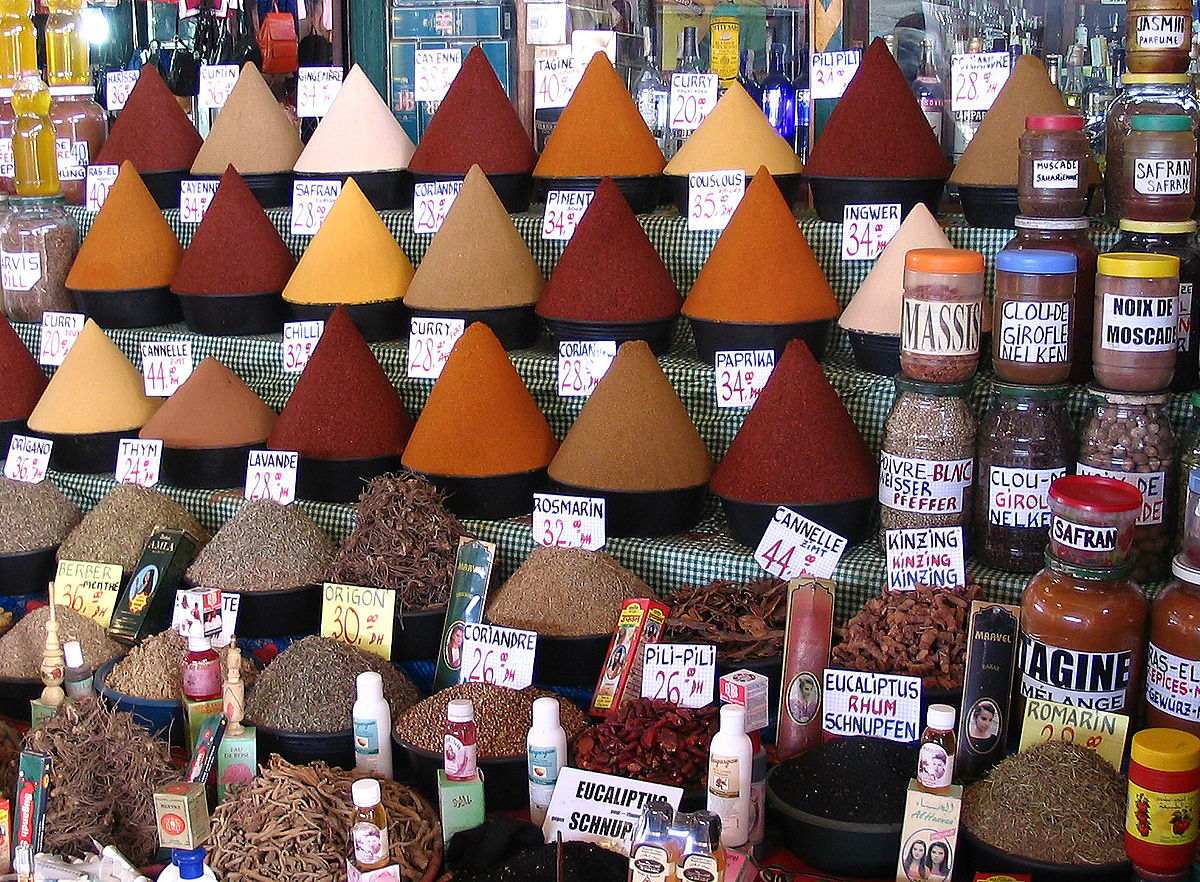 |
Spice - Wikipediadefinition of spices |
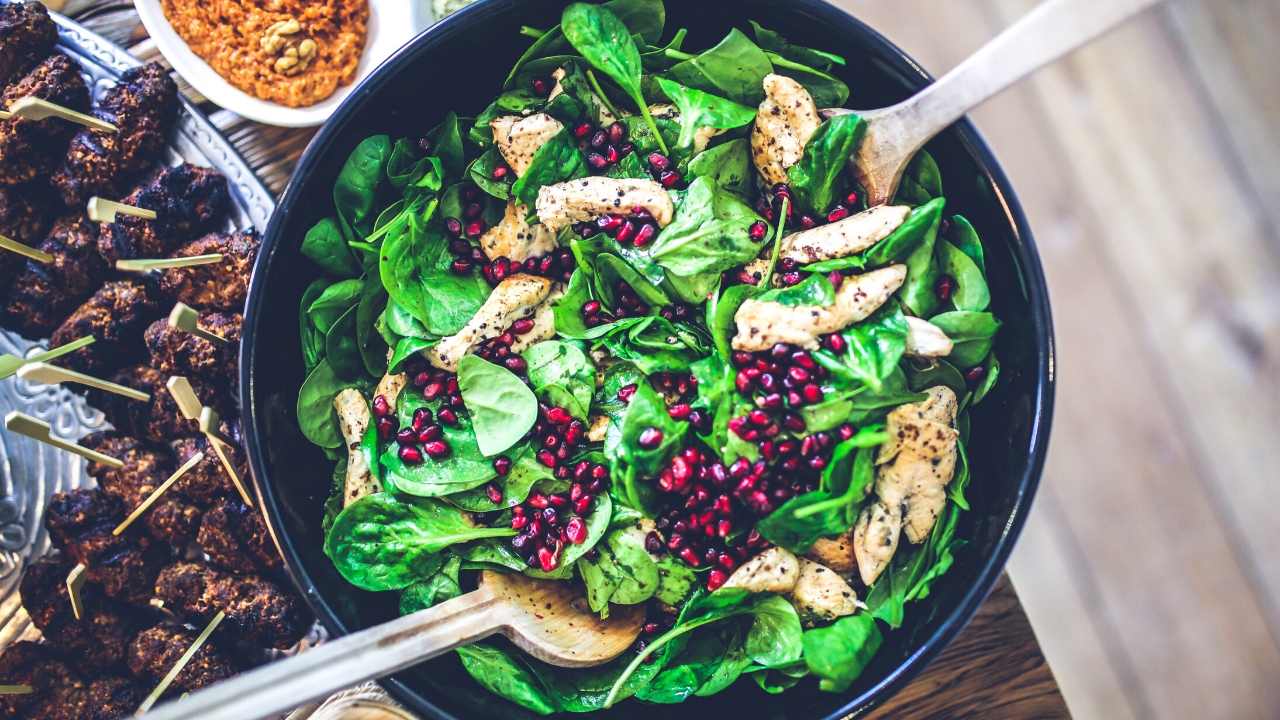 |
How Did Nutmeg Cause Wars In Indonesia? | The Spice Trail | Absolute HistoryKate Humble embarks on a journey around the fabled spice islands of eastern Indonesia in search of two spices that launched epic voyages of discovery, caused |
 |
Learn Every Single Technique For Using Spices in One DishShop the gear in this video (and more) at ProHomeCooks.com ➡️ https://prohomecooks.com/ Getting your kitchen gear from Pro Home Cooks supports more content |
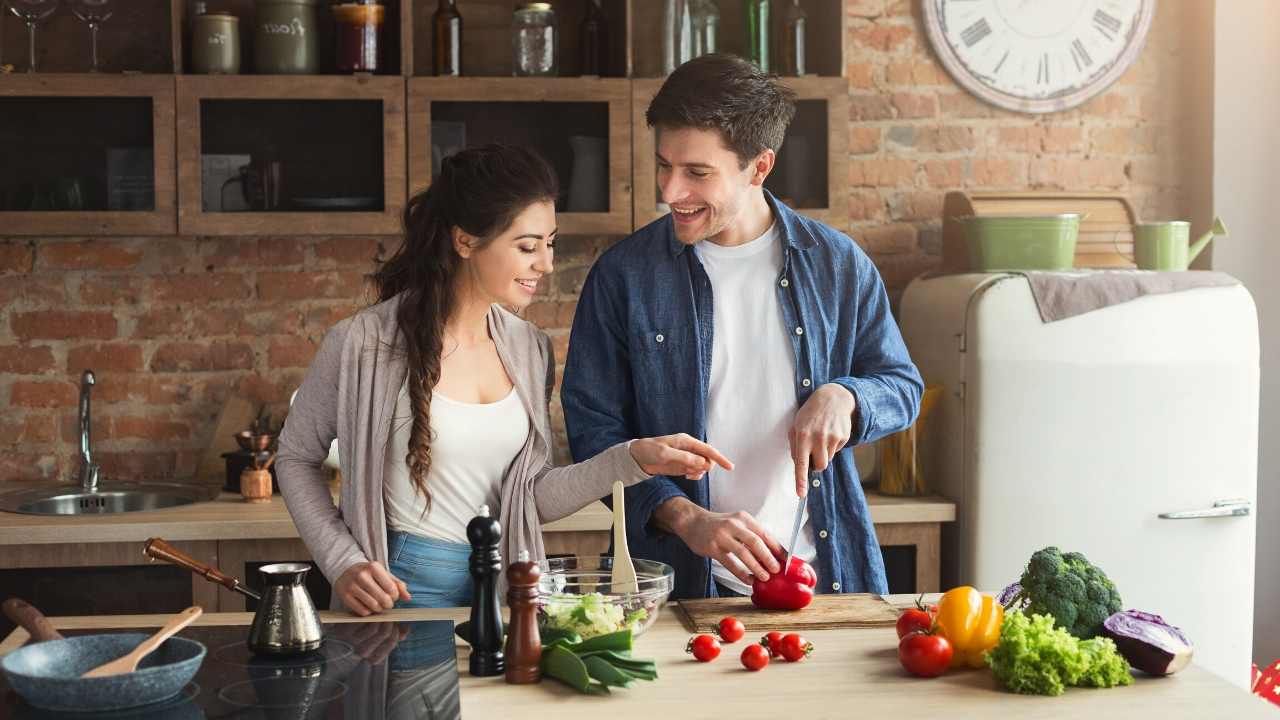 |
The SHOCKING BENEFITS of Spices On Your Health! (Take One Teaspoon Of This) | Dr. Steven GundryWe all use spices to cook, but did you know that they can be a great tool to incorporate more beneficial polyphenols into your diet? That’s right, with just |
 |
Poultry Seasoning For TurkeyIf you're looking to spice up your turkey meals, you should consider putting poultry seasoning on your bird. Not only is it a great way to add some.. |
 |
Delicious Seasonings to Add Flavor to Your DishesIf you're looking for delicious seasonings to add to your dishes, you're in the right place. There are many options out there, from chili powder to.. |
 |
How to Add Spices to Mac and CheeseThere are a number of spices that you may want to try out when cooking mac and cheese. Some of these ingredients include red peppers, oregano,.. |
 |
Chaat Masala and Garam MasalaChaat masala is a type of spice mix that is used to flavor chaat. It is made from several spices, such as cumin, dried ginger, coriander, asafoetida, |
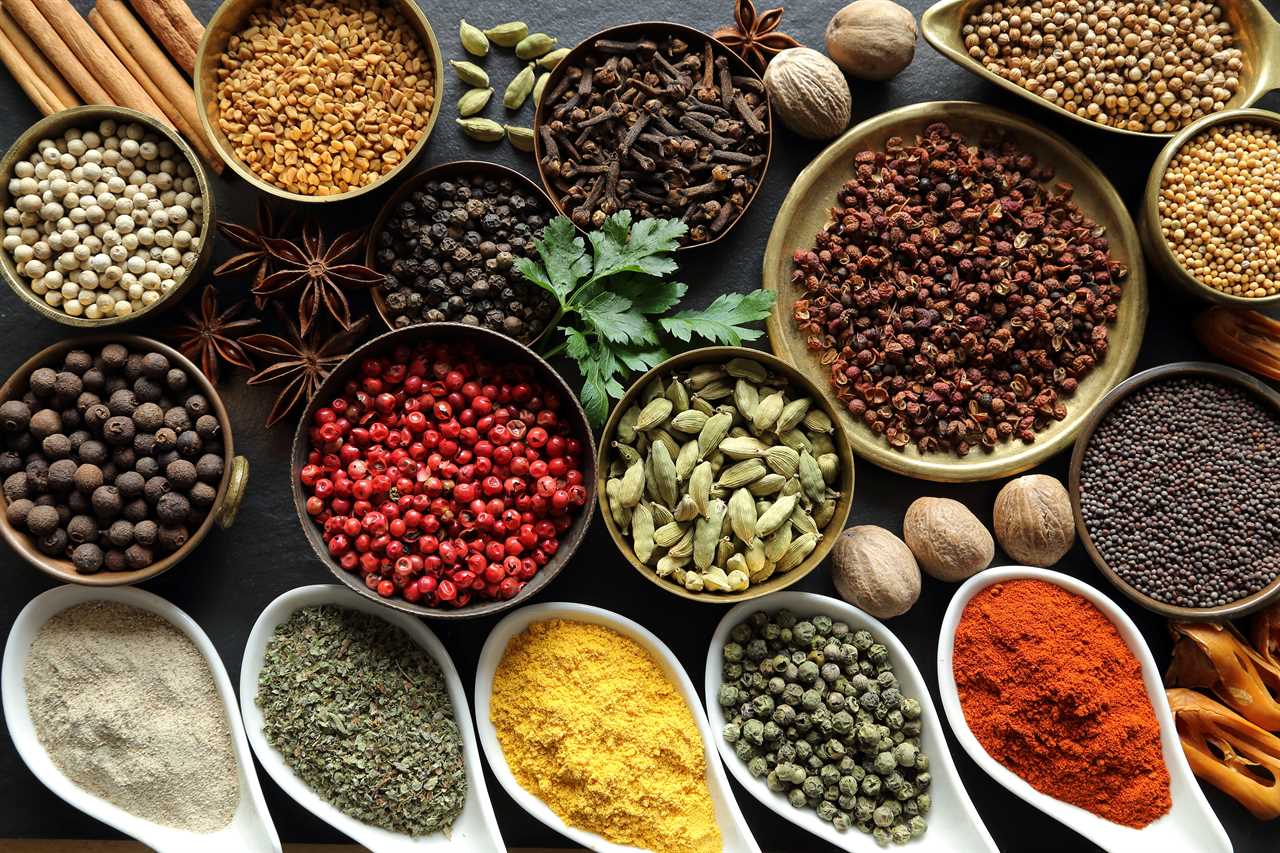 |
27 Essential spiecs you need to knowImportant spices in cooking |
 |
No Salt Seasoning BlendsIf you want to make the perfect grilled chicken or steak, it's time to try a no salt seasoning blend. It's the best way to add flavor to any dish.. |
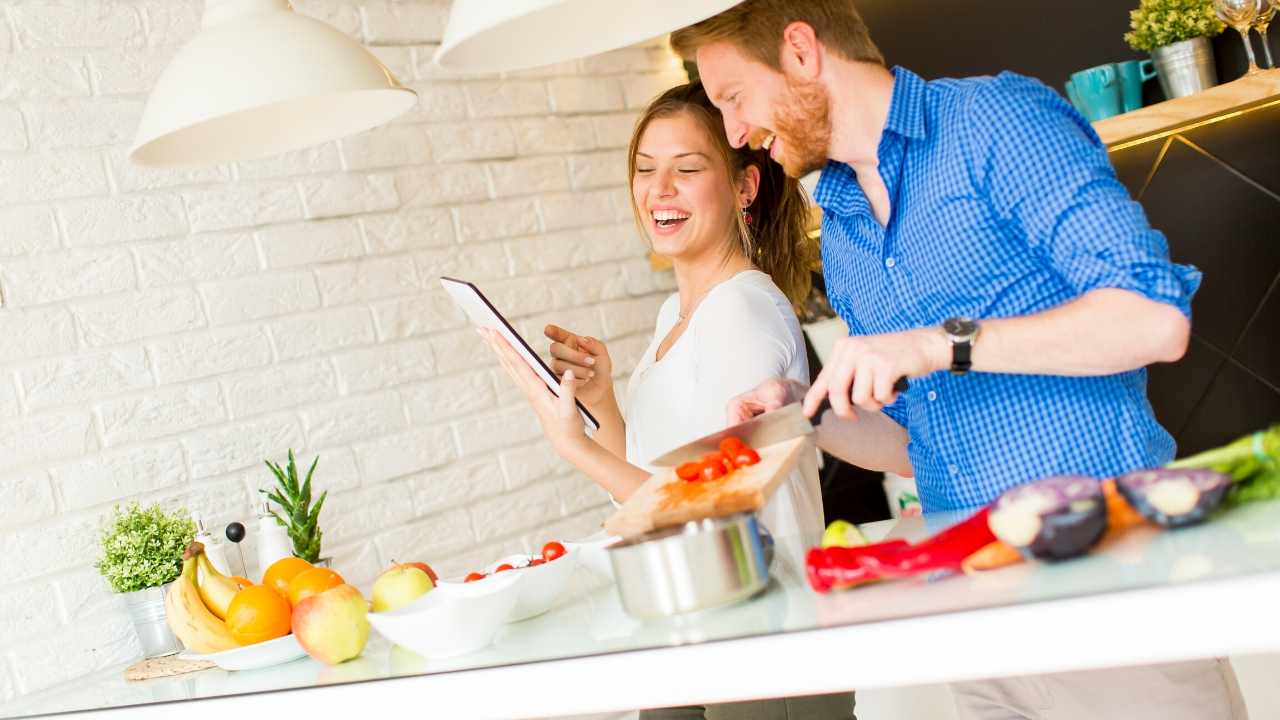 |
Coriander Ground Vs Coriander WholeCoriander is one of the most popular herbs used for cooking and can be either whole or ground. Its taste is very mellow, and is perfect for adding a.. |
 |
Homemade Blackening SeasoningMaking your own homemade blackening seasoning is a great way to add flavor and freshness to your dishes. This spice mix can be used in a variety of.. |
 |
Sweet Potato RavioliSweet potato ravioli is a popular pasta dish that is very easy to make. The recipe uses sweet potato as the filling and makes a light and filling.. |
 |
Greek SeasoningGreek seasoning is a common spice used in many types of dishes. For example, it can be used as a dry rub on chicken wings before baking, or it can be |
 |
AbgooshtAbgoosht is a hearty Persian soup that is made from mutton. It is a traditional stew that is thickened with chickpeas. It is also known as Dizi... |
 |
Greek Cabbage RollsOne of the most popular dishes you can find on the menu at Greek restaurants is cabbage rolls. They are a great option when you're on the go and need |
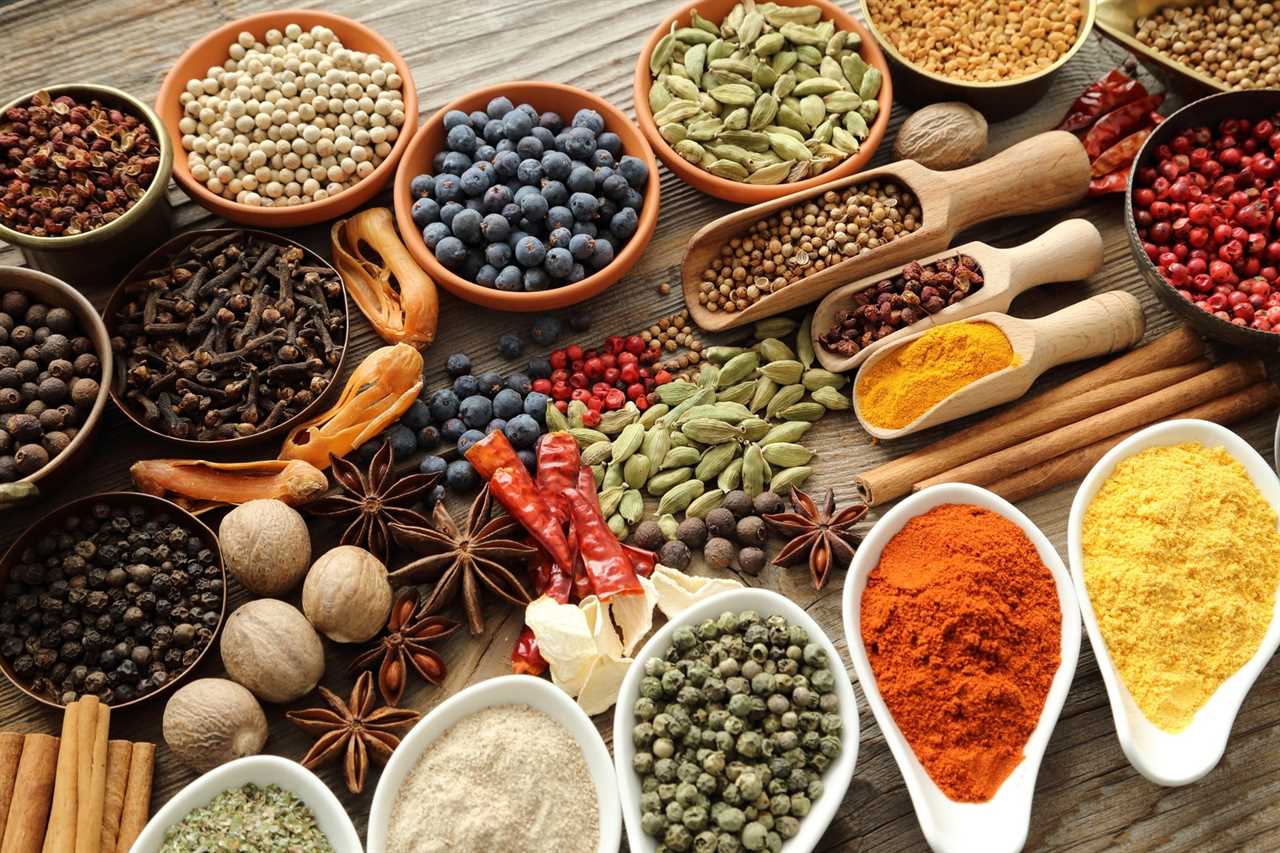 |
Your Herbs and Spices Guides & BlogsHerbs, spice & everything nice, these blog and articles explain the many uses of spices, including spices for weight loss, spices for brewing, and how to store |
 |
Mexican Cauliflower Rice RecipeIf you have been looking for a healthy meal option, you can try making Mexican cauliflower rice. This delicious recipe combines a blend of vegetables, |
 |
A Guide to Indonesian FoodIndonesia is an archipelago country and its cuisine is a mix of regional culinary traditions. Its dishes include sweet and savory dishes, based on.. |
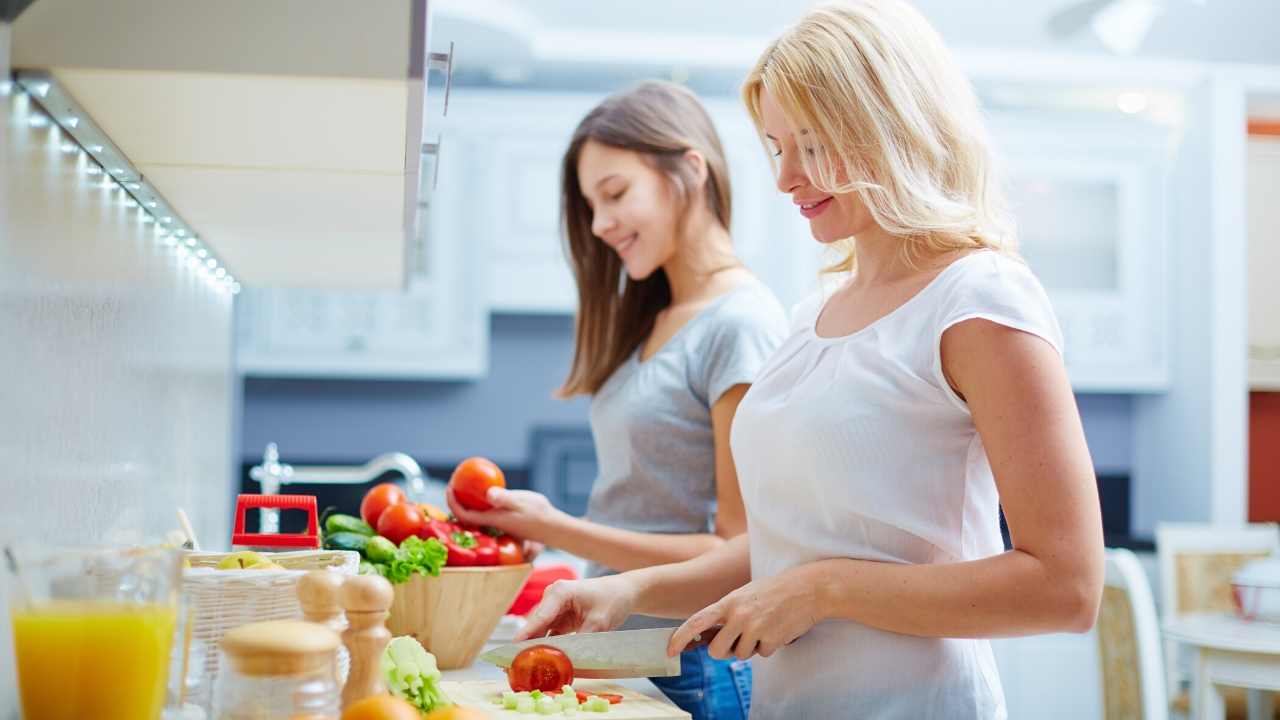 |
How to Make Homemade Spaghetti SauceSpaghetti is a very popular Italian dish that is made from durum wheat semolina. It is also often enriched with vitamins and minerals. Some people.. |
 |
How to Prepare a Chicken on Skewer RecipeIf you're looking to cook up a tasty meal for the family, why not try out a chicken on skewer recipe? This is a fast, easy dish that your whole.. |
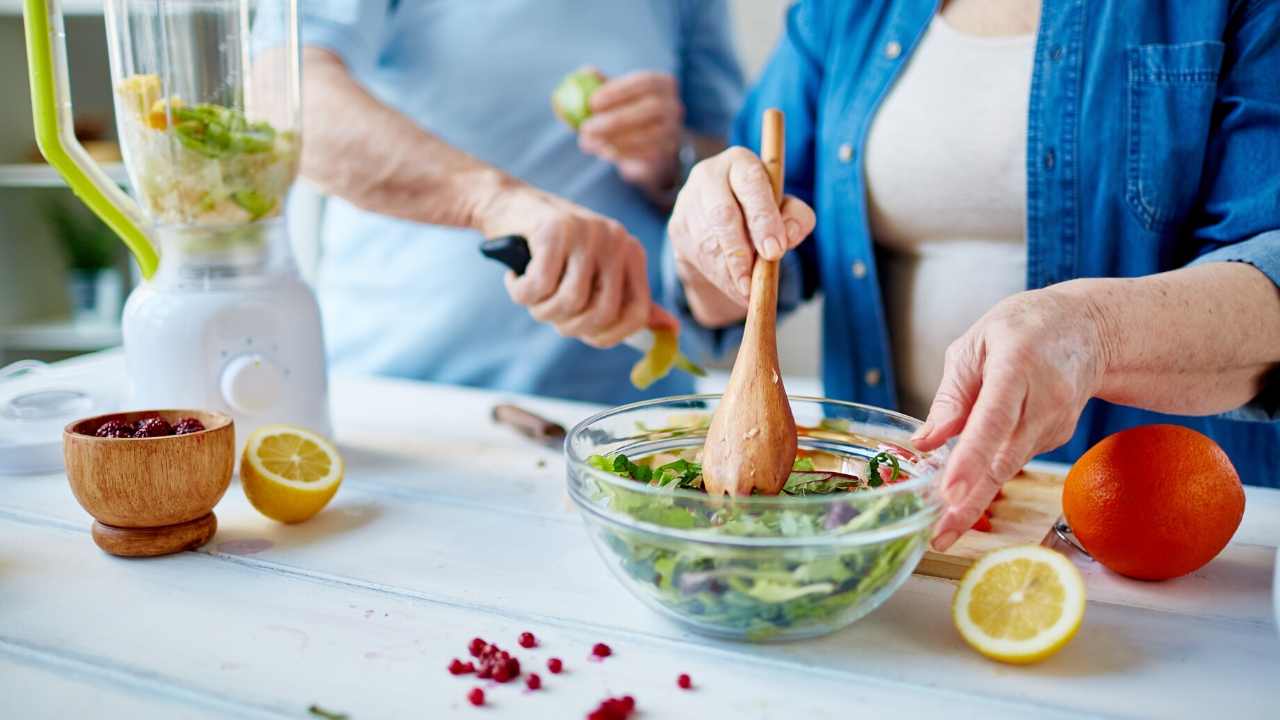 |
Powdered SpicesThe ingredients for powdered spices are usually either individually roasted or are a combination of a variety of different spices. These include.. |
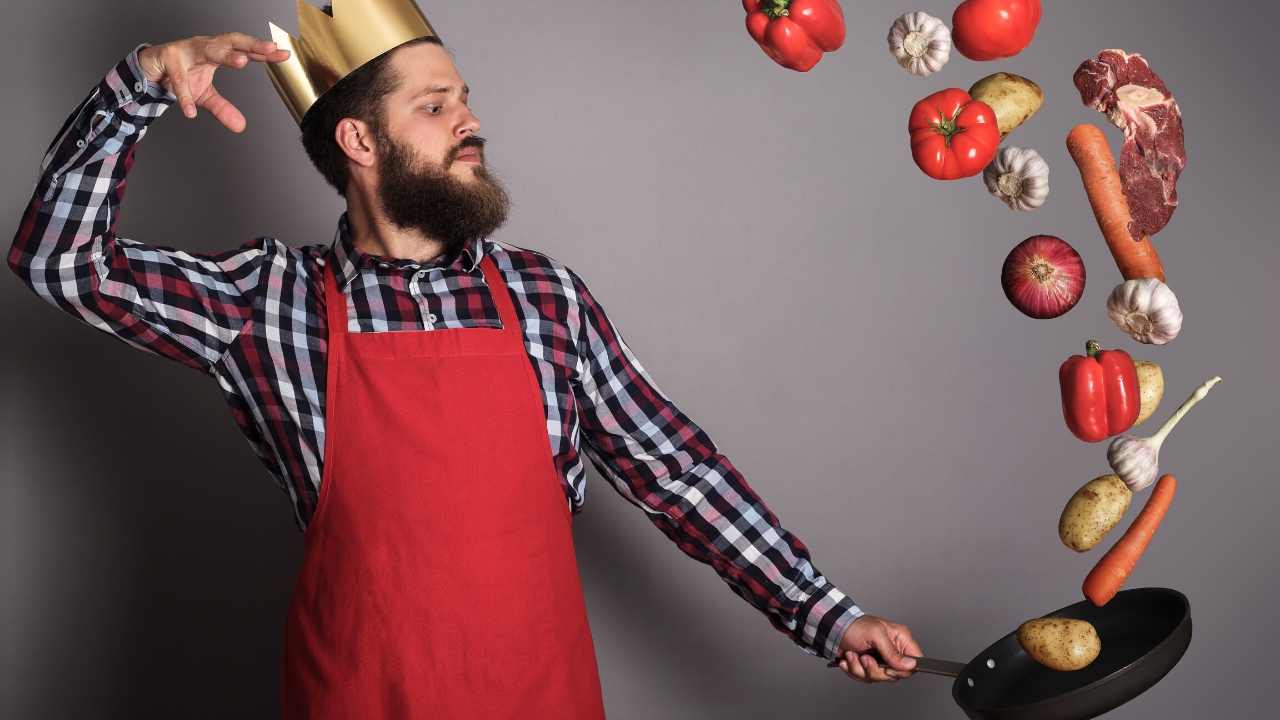 |
Air Fryer Chicken ParmesanIf you want to find a delicious and quick way to cook your favorite chicken dishes, try using an air fryer. The results are fantastic and are sure to |
 |
What Type of Cardamom Should You Use in Your Cooking?Cardamom is an ancient spice, used for centuries in the kitchen. When you're using cardamom in your cooking, there are a few things you should know... |
 |
The Chopping Block Cooking Blog | spicesspices | Visit our blog for recipes, cooking tips and techniques as well as our staff's favorite eats and travel adventures. |
 |
Lasagna SpicesFor people who enjoy lasagna, there are a variety of spices to choose from. Some of the spices include paprika, cayenne pepper, thyme, and fresh.. |
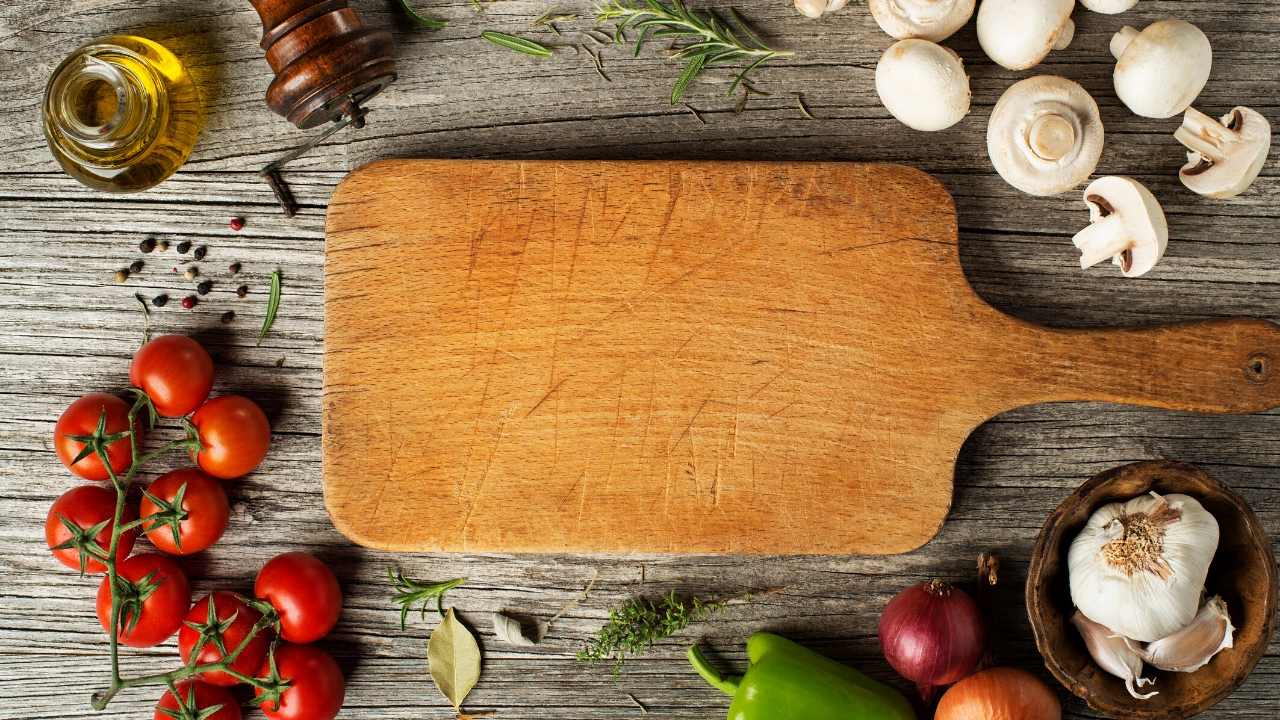 |
Italian Dressing RecipesIf you are looking for a new way to dress your favorite dishes, you may want to try one of the many Italian dressing recipes out there. These.. |
 |
VIETNAM BUSINESS NEWS OCTOBER 13 - PepperHCMC economy gains strong growth in Jan-SeptGross regional domestic product (GRDP) of HCMC between January and September reached nearly VND1,100 trillion in |
 |
SALMONELA - EU strengthens measures against brazilian pepperAt the beginning of October the European Spice Association inssued a letter direcyed to it members,stating that EU Commision will strengthen the rules on |
 |
Cloves Market Latest NewsRoyal Golden's Cloves Market Latest NewsBy Parsram DhiraniMadagascar - With weeks of slow progression of incoming new crop from field, goods are now |
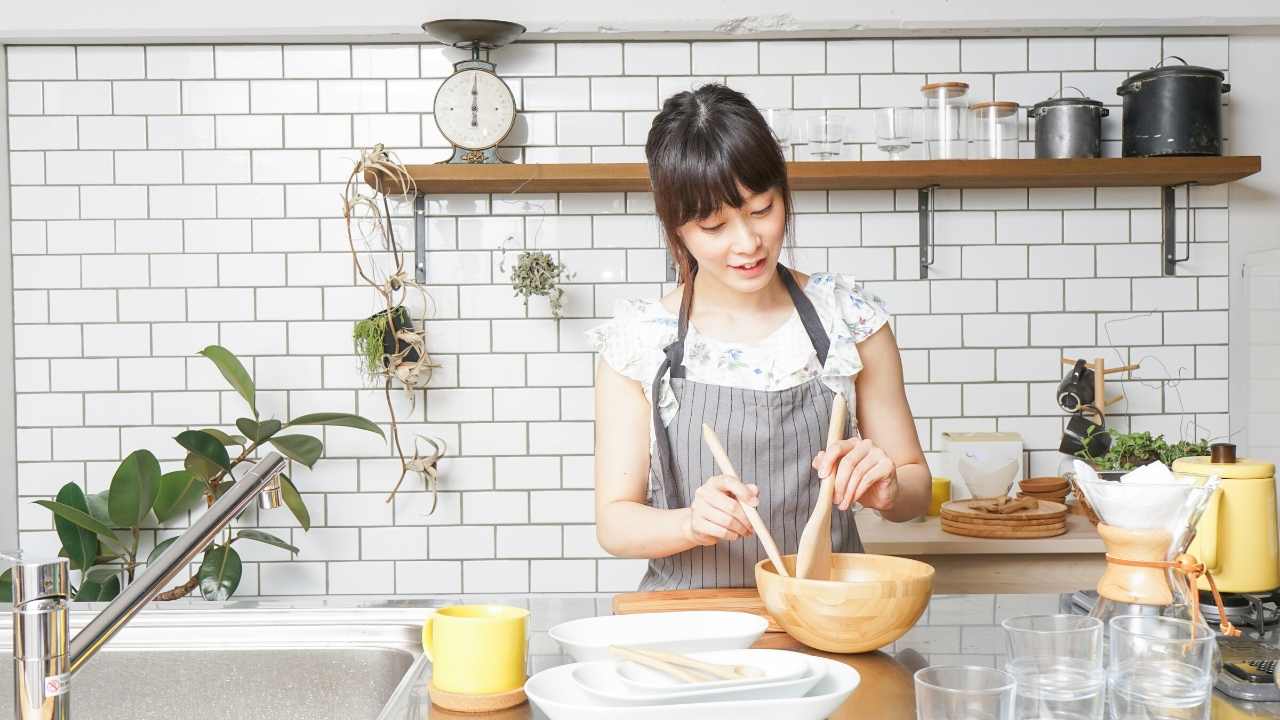 |
Important Report - Brazilian Pepper ContractsSince the middle of November when the rainy season finaly came to Brazil, bad weather and heavy rains are threatening Pepper production areas disrupting |
 |
BRAZIL - PEPPER PRODUCTION SUFFERING BAD WEATHERPARTIALLY FLOADED PEPPER PLANTATION IN LINHARES - ESThe heavy and constant rains that have been happening non-stop for more than a month are hampering the |
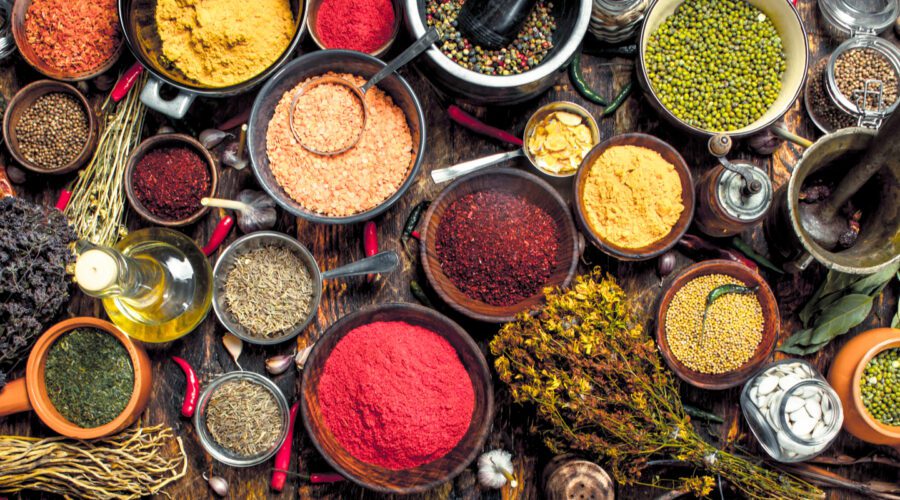 |
Spice Talk - Spice Station - New Ideas for Cooking with Spices!This spice blog writes about Indian fenugreek, Canadian coriander, Egyptian dill weed, Syrian Aleppo pepper, Granada nutmeg, & more from around the world. |
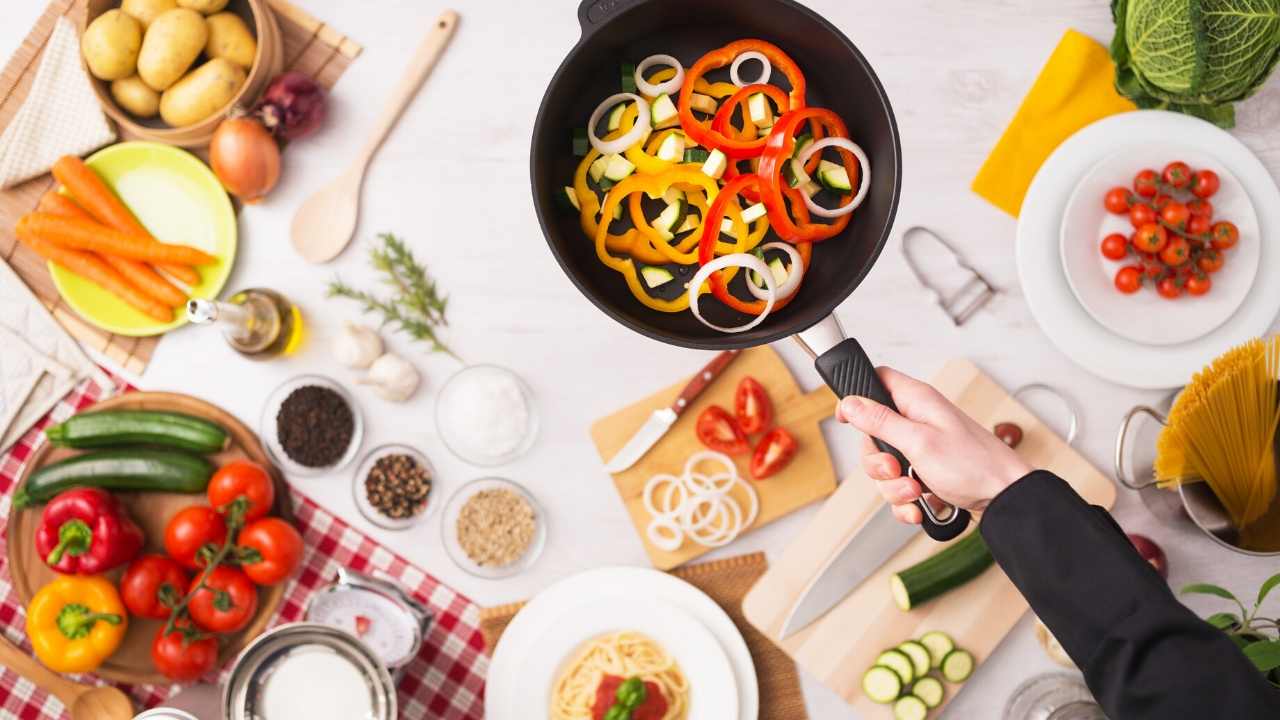 |
CARDAMOM - Guatemala in line to export around 55,000 MT for the 22-23 SeasonPlease read the short report/comment we received of an operator ofCardamom in GuatemalaHello friends, looking forward to seeing you again next week, wanted to |
 |
UPDATE - VIETNAM PEPPER PRICES FEB 22February 22, 2023|Black Pepper Offers, Vietnam Market Update This week, China is buying slowly, people expect the price will come down a little bit but today, |
 |
Vietnam Pepper exports hit 129 million USD in first two monthsVietnam exported over 41,000 tonnes of pepper worth 129 million USD in the first two months of this year, up 35% in volume, but down 7.4% in value over the |
 |
GLOBAL MARKET OVERVIEW GARLICMarch 2023FreshPlaza.comThe global garlic market is experiencing mixed fortunes, according to recent reports from around the world. In the Netherlands, demand |
 |
Vietnam Pepper market update 13th March 2023 – Week 10.- Pepper price has had an impressive increase in 2023 with an increase from 61,000vnd from January 1, 2023 to 67.000vnd until March 12, 2023, corresponding to |
 |
Blog | Herbs Spices and Seasonings | High Quality | World of SpiceWorld of Spice is your online store for a massive range of High Quality Herbs Spices and Seasonings. Wholesale, Foodservice and Catering High Quality Herbs |
Did you miss our previous article...
https://belovedsaffron.com/spices/the-health-benefits-of-ginger-and-garlic
.png)





